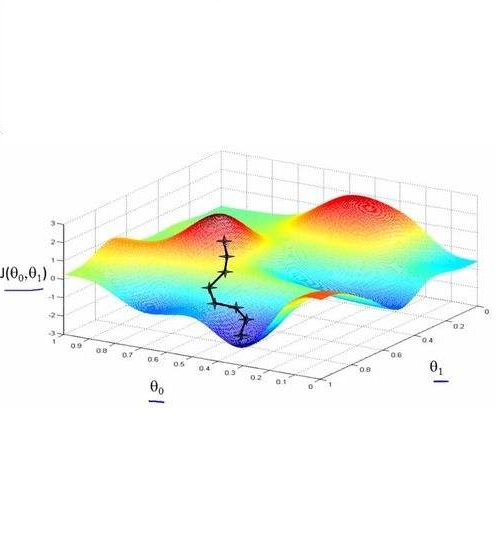Offline model-based optimization aims to maximize a black-box objective function with a static dataset of designs and their scores. In this paper, we focus on biological sequence design to maximize some sequence score. A recent approach employs bidirectional learning, combining a forward mapping for exploitation and a backward mapping for constraint, and it relies on the neural tangent kernel (NTK) of an infinitely wide network to build a proxy model. Though effective, the NTK cannot learn features because of its parametrization, and its use prevents the incorporation of powerful pre-trained Language Models (LMs) that can capture the rich biophysical information in millions of biological sequences. We adopt an alternative proxy model, adding a linear head to a pre-trained LM, and propose a linearization scheme. This yields a closed-form loss and also takes into account the biophysical information in the pre-trained LM. In addition, the forward mapping and the backward mapping play different roles and thus deserve different weights during sequence optimization. To achieve this, we train an auxiliary model and leverage its weak supervision signal via a bi-level optimization framework to effectively learn how to balance the two mappings. Further, by extending the framework, we develop the first learning rate adaptation module \textit{Adaptive}-$\eta$, which is compatible with all gradient-based algorithms for offline model-based optimization. Experimental results on DNA/protein sequence design tasks verify the effectiveness of our algorithm. Our code is available~\href{https://anonymous.4open.science/r/BIB-ICLR2023-Submission/README.md}{here.}
翻译:离线模型优化旨在优化黑箱目标功能, 包括固定的设计和分数数据集。 在本文中, 我们侧重于生物序列设计, 以最大限度地实现某些序列评分。 最近的一种方法使用双向学习, 结合开发前绘图和制约后向映射, 并依靠无限宽的网络的神经相向内核( NTK ) 来构建代用模型。 虽然它有效, 但它无法学习黑箱目标功能, 因为它的配对 20, 并且它的使用阻止了引入强大的经事先训练的语言模型(LMS), 从而能够捕捉到数百万生物序列中的丰富的生物生物信息。 我们采用了替代代用模型, 将线性头添加到预培训的LMMM, 并提出线性化计划。 这会造成封闭式损失, 并且也考虑到预训练的LMM.




